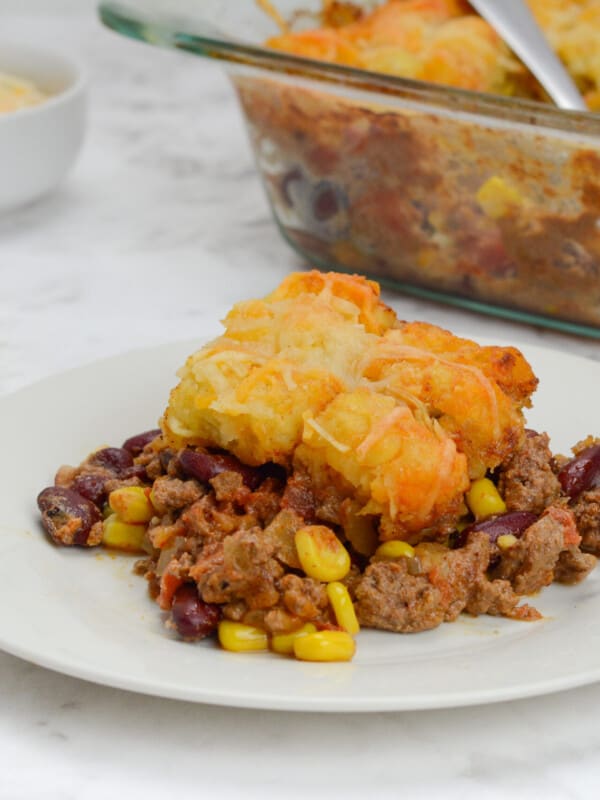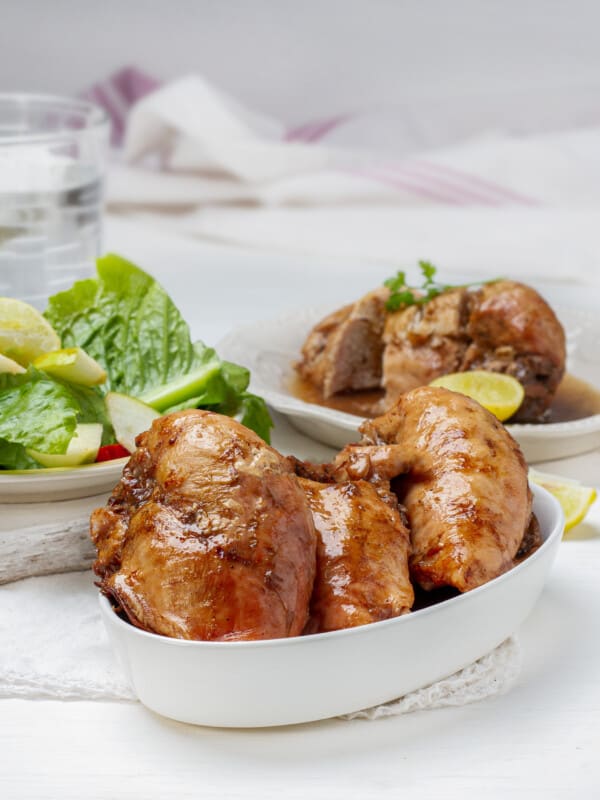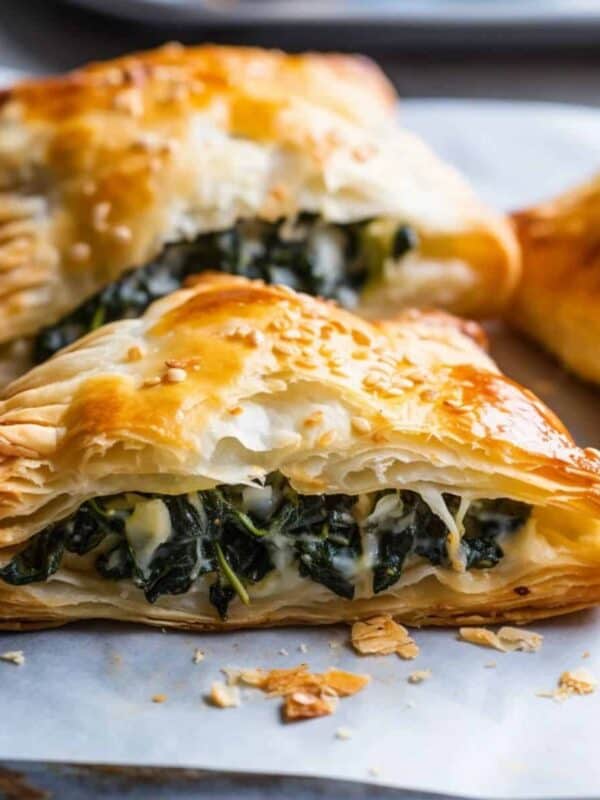If you’re looking for that impeccable, restaurant-quality sear on your steak or decadent, evenly-cooked batch of cornbread at home, you need to get yourself a cast iron pan. I’ve found that choosing the right cast iron pans is just as imperative as my cooking chops since that glassy, perfectly seasoned finish is often the magic key that unlocks next-level kitchen glory.
Cast iron pans have a certain amount of lore swirling around them, so it’s absolutely no surprise that novice at-home cooks are a bit in awe of what the big heavy pans can do. Don’t worry. While cooking with cast iron gives you restaurant-level results, you just need to keep a few things in mind before you fire up the burner under one.
The best cast iron pans retain their heat, yielding those coveted sears, cook evenly, and simply get better with age. These are hefty, hearty, and heavy vessels that come with a slight learning curve, but once you master the basics, you’re well on your way to Iron Chef territory.
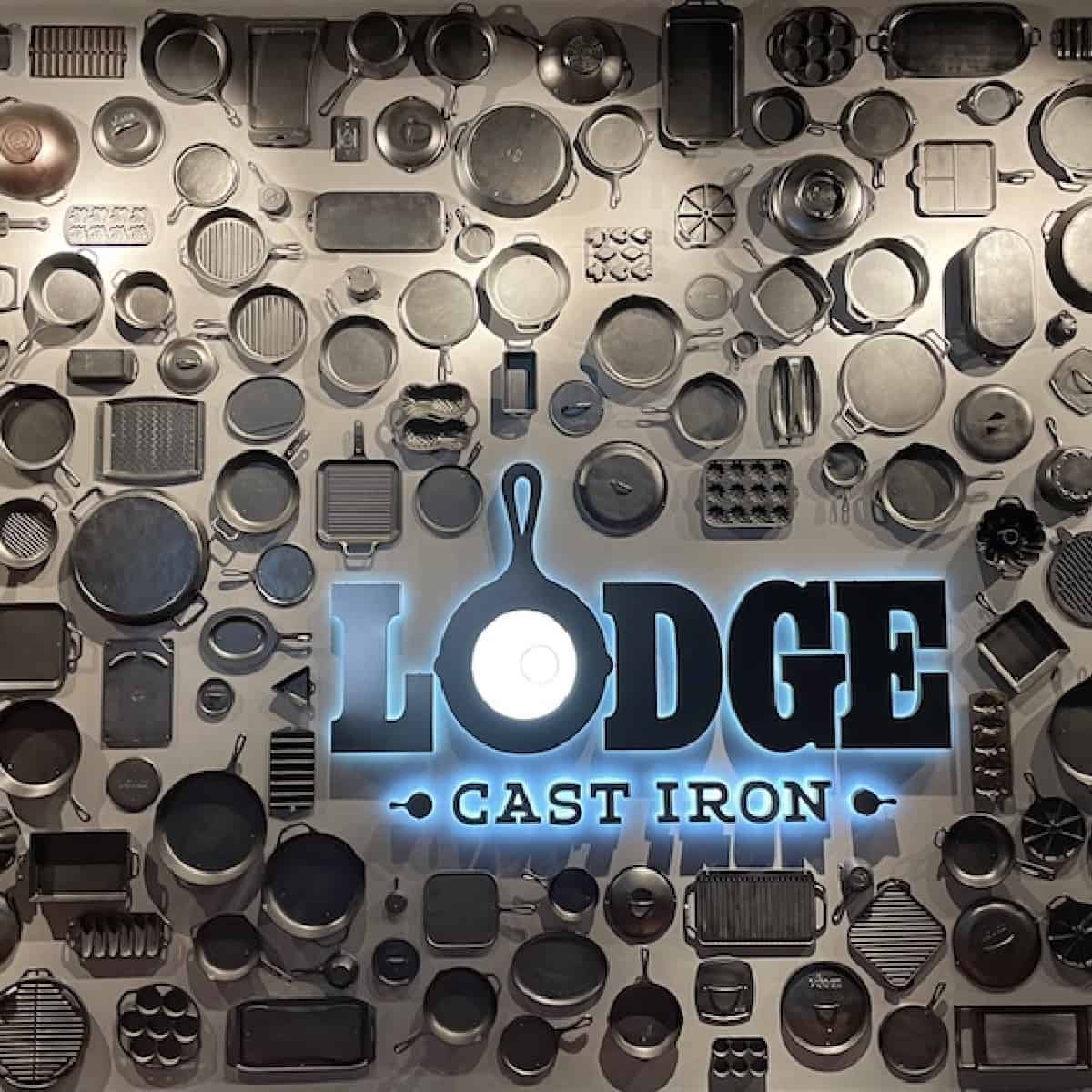
What to Cook in Cast Iron Pans
While my cast irons have seen their fair share of foodie experiments- some epic, some not so- a few dishes stand out in my culinary pantheon as shining examples of what you can do with these pans. Macaroni and cheese becomes a bubbly dream when you stir it up on the stove in a cast iron pan, then pop it into the oven to brown to perfection.
Cornbread, a notoriously finicky food, cooks in an even, expertly blended layer for that ideal fusion of dense and crumbly. Deep-dish desserts, like apple crisp, are some of my favorites. The apples caramelize and mingle with brown sugar and spice without scorching, and this dessert is a showstopper with a scoop or two of ice cream. Before you start blending up the sweet or spicy into decadent dishes of your own, you need a solid pan that will have your back- culinary-wise- and get the job done.
10 Things to Look for When Buying Cast Iron Pans
Throughout my time as a wannabe kitchen wizard, I’ve picked up a thing or nine about selecting the right cast iron pan for my needs. These tips are universal and will save you a lot of headaches and unnecessary costs. You can thank me when you’ve whipped up your first batch of homemade cinnamon rolls (they’re easier than you’d expect, by the way).
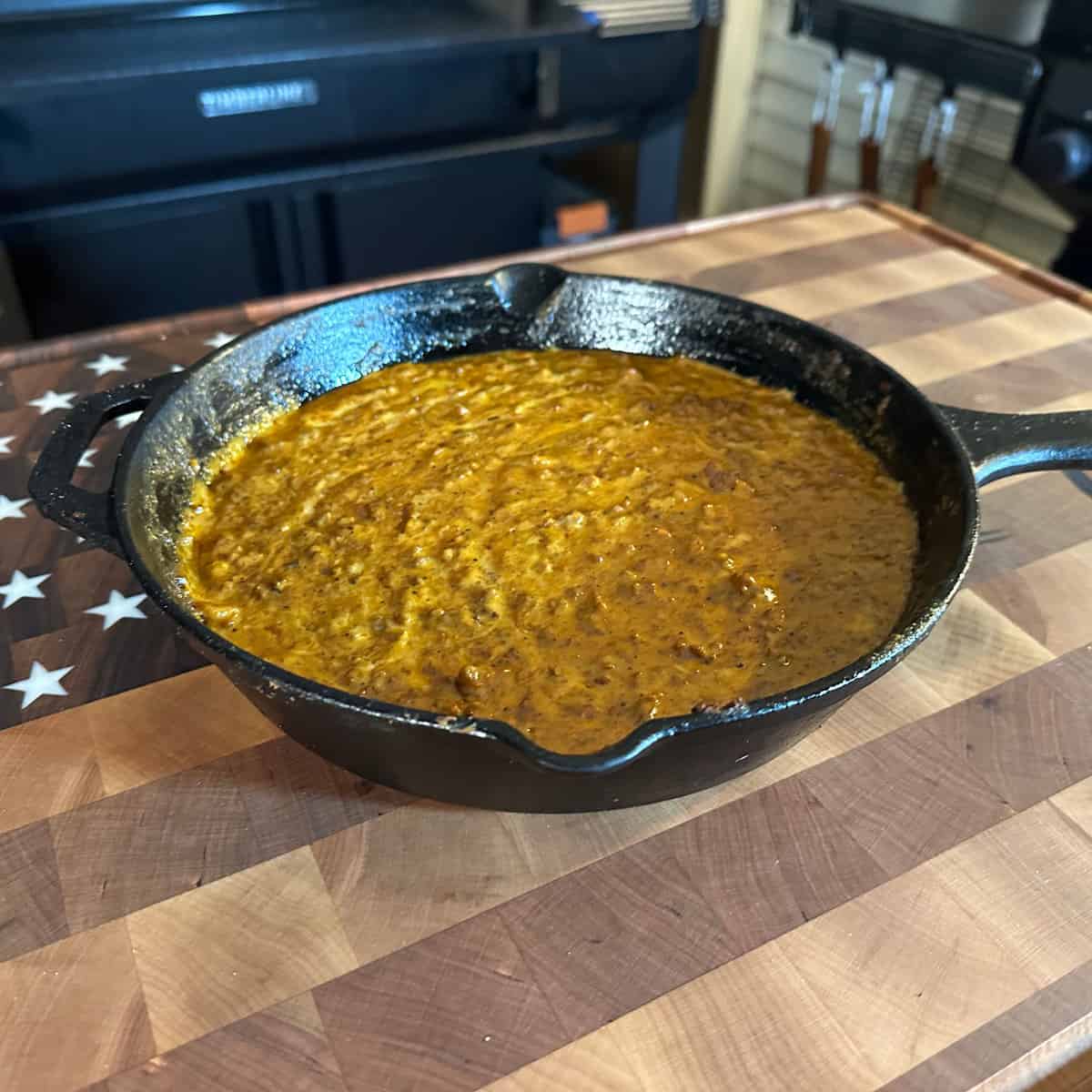
1. A Pouring Spout
This is probably a question that you’ve never asked yourself. Before I picked up my first vintage cast iron pan, I certainly hadn’t realized that its size, weight, and overall hotness made it a bit difficult to pour out the beautiful batch of gravy I’d just cooked up. Older, vintage pans might not have these features, but many modern ones do, and they make quite a bit of difference if you want to stretch the versatility of your cast iron and enjoy every drop of your gravies and sauces without scalding yourself in the process.
Trust me: nothing puts a damper on an otherwise enjoyable meal than a smarting hand that just got squirted with magma-hot Bolognese. Investing in a pan with a pouring spout will save you troubles down the road, and it’s a minor thing that can make a big difference.
2. The Right Coating
If you have the funds and inclination, go all out and get both a traditional and enameled cast iron pan. Both of these beauties will get a lot of use in your kitchen. If you’re only buying one pan, it pays to understand the difference so you can maximize your investment. Let’s start with the looks. Your traditional pan looks more like that sizzling iron pot of goodness you picture when you think about a thick cowboy steak sizzling up with garlic, herbs, and butter.
Enameled pans are more modern. They come in a variety of juicy colors and are statement pieces, all in their own right. The downside is that enamel can chip, and it tends to be more expensive, but you don’t need to season it, and you can wash it in the sink with your other dishes. Traditional cast iron is hella durable and will last for ages with proper care, but you can’t wash it in your sink, and you need to do some prep work before using it. Pick your delicious poison. I have one of each.
3. No Cracks or Pits
Part of the beauty of cast iron pans is their ability to cook food evenly, but you’ll never get that result if your pan is riddled with cracks or pits. Pits, even little ones, make it almost impossible to season a pan properly and will cause kitchen woes. Cracks are the death knell of a cast iron. New cast iron pans shouldn’t have pitting or cracks, but it’s something you need to look out for if you’re buying vintage.
I love vintage cookware- the wackier and more retro, the better- so I scan every microscopic detail of my cast iron’s surface before buying it. No matter how cool it is, if there are too many pits, I’ve gotta pass. Cracks are another problem, and sometimes they can be hard to see. Sniff out clandestine cracks by tapping the bottom and listening for a clear sound. If you have any doubts, give the pan a gracious pass. I speak as the reluctant voice of experience here.
4. Versatility
One of the key selling points of cast iron pans is their ability to transition smoothly from the stove surface to the hottest oven. It’s one of the reasons why they’re so good for dishes like macaroni and cheese; you can create a one-pot wonder by simply popping the dish into the oven to finish its beautiful browning business. While cast iron itself is oven-safe, sometimes parts of the pans are not. Find a different pan if you see questionable handles or other elements that might melt into a messy molten pile in your oven.
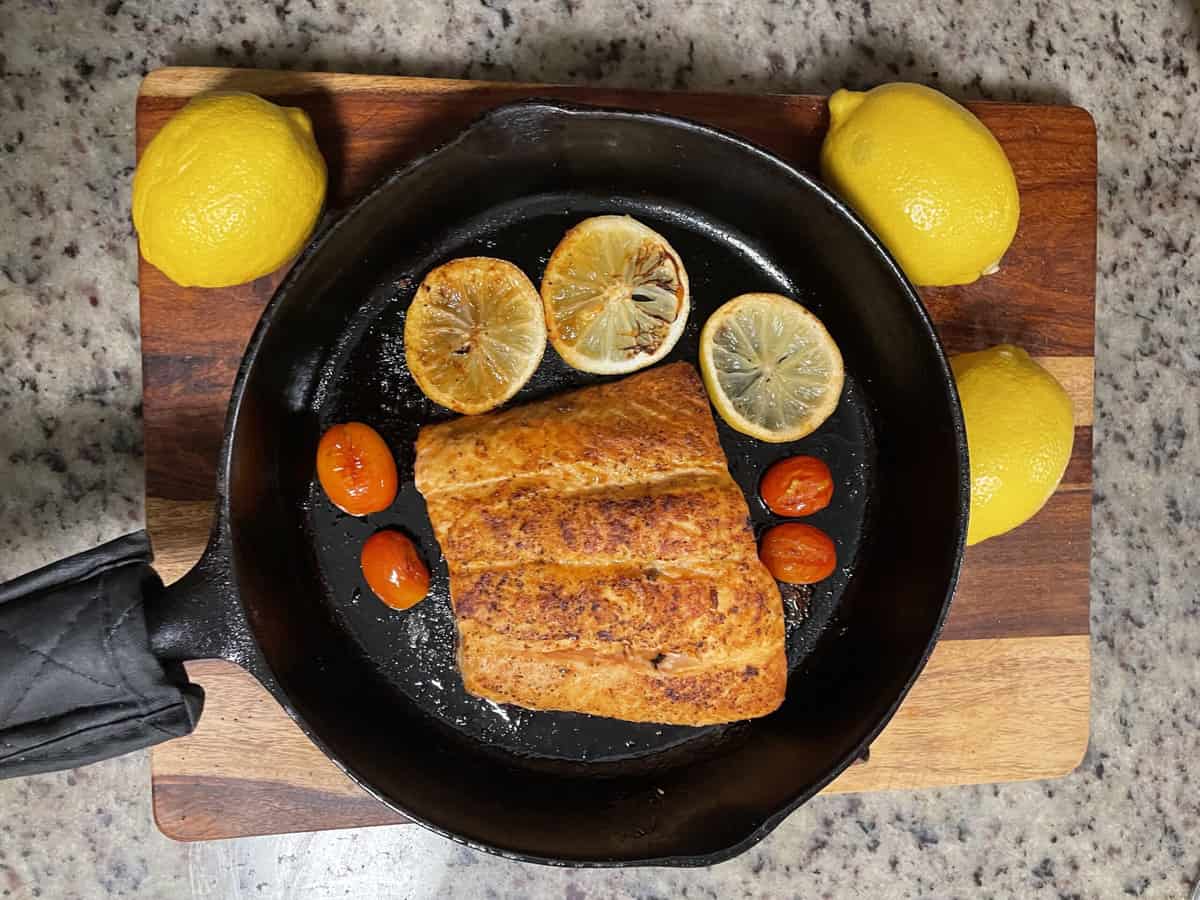
5. Flat Surface
Cast iron pans should have a glassy, smooth surface inside and a bottom that doesn’t wobble on your stove. Otherwise, you’re begging for an uneven cook. These plans need to lie flat and still without moving around on the burner. I’ve found that warping tends to happen more in the realm of vintage pan buying, but you sometimes see it in cheaper models, too. So, if it seems too good to be true or if something just doesn’t sit right with you- pun intended- leave it on the shelf.
6. Proper Weight
Cast iron pans are kitchen implements to be reckoned with and are generally much heavier than they appear. While you definitely want a weighty pan that will hold its own against the flame, remember that you’re going to have to pick it up at some point. Choose the weight that’s just right, substantial enough to do the job, but easy enough to pick up. Remember, these pans will be scalding hot off the stove, so it should be something that you can deftly move with one hand.
7. Kitchen Accessories
It might sound a bit strange, but your cast iron needs a few accessories. No, I’m not talking about a pair of statement earrings or a luxe clutch. These accessories are all about ease of use and helping you and your pan become one in the kitchen. A cast iron cleaning brush will help you scour out tough stains from the pan without damaging its surface or seasoning. A silicone handle cover is a lifesaver when you need to scootch the pan from the burner into the oven.
Good quality silicones can handle over 550 degrees Fahrenheit, and trust me, they’re way better than that dish towel you have on your kitchen counter. If your cast iron pan comes with these accessories, great! If not, consider them a necessary investment in your journey to becoming a cast iron champ.
8. Pan Size
This one is subjective and all up to your needs. There are a few things that you’ll want to keep in mind here. Larger pans will inevitably cost more money and tend to be heavier, but they come in handy for entertaining or cooking big family dinners. One of my cast iron pans is fairly large because I love cooking massive chocolate chip cookies for people’s birthdays. My recommendation would be to go slightly bigger than you think you’ll realistically need because you don’t want to overcrowd the pan. If you’re anything like me, you’ll also come up with cool, creative ways to use your pan that might require a little extra surface space.
I’ve heard some suggest opting for a “starter cast iron,” but I don’t necessarily agree. It’s better to have the pan you need in the size you want rather than starting small and working your way up. Just keep how these pans operate in mind, and you’ll be more than good to go.
9. Pre-seasoned or Not
Some people think that seasoning your cast iron pan is a rite of passage for any newbie, but I think you can cut some corners and get a pre-seasoned pan if you want. If you’re buying a new cast iron pan, simply look for an indication that it’s been “pre-seasoned,” and you can start cooking up delicious dishes right away. You might pay a bit extra for the convenience, but you’ll also avoid the tricky business of seasoning it yourself.
If you’re one of those people who believes that it’s not done right unless you do it yourself, remember that you need to apply a very thin coat of oil to your pan, rub it in all the way, and bake it in a very hot oven for at least an hour. My special trick is to turn the pan upside down so that no oil pools in any of the parts of the pan. That way, you’ll get a very thin coating of oil and that glassy, naturally non-stick surface that you’re craving.
10. Pre-Loved or New
I have a confession to make: I am a sucker for any vintage cast iron. Even if it’s a bit rusty or doesn’t exactly fit in with my kitchen aesthetic, I’m all over it. There’s something uniquely beautiful about cooking in a vessel that’s seen a multitude of meals, and it always generates a fun conversation when I pull out one of my retro beauties. While you can, and I certainly have, bought new cast iron, there’s a thrill to the treasure hunt of searching for that perfect vintage cast iron.
If you have the inclination, time, and patience to really dig down and search, garage sales, second-hand shops, and flea markets can yield plenty of iron gold, but remember that you’ll need to diligently check for warping, cracks, and pits before you pay. Don’t be turned off by rust, either. If you find a pan that’s otherwise perfect but has a bit of rust on it, simply soak it in a vinegar bath and get to work scrubbing.
The cast iron underneath should be as good as new, but you’ll certainly have to reseaon it before using it. I once found a cast iron pan that was totally covered in rust. Nobody wanted it because it looked damaged, but I knew that it just needed a little TLC and elbow grease. A few hours later, the rust was gone and I had myself a handsome pan that I paid pennies for.
Congratulations on embarking on your cast iron journey! These helpful tips will enable you to select your perfect pan based on solid knowledge and years of experience cooking with these kitchen wonders. Whether it’s a cherry red little enameled pan that you use for baking up the perfect frittata, or a big old cast iron that can sear two flank steaks that would make Gordon Ramsey drool, you’re on your way to epic kitchen adventures.
